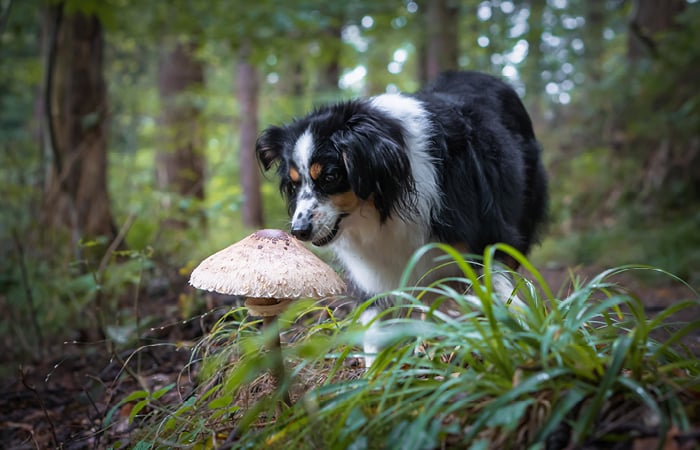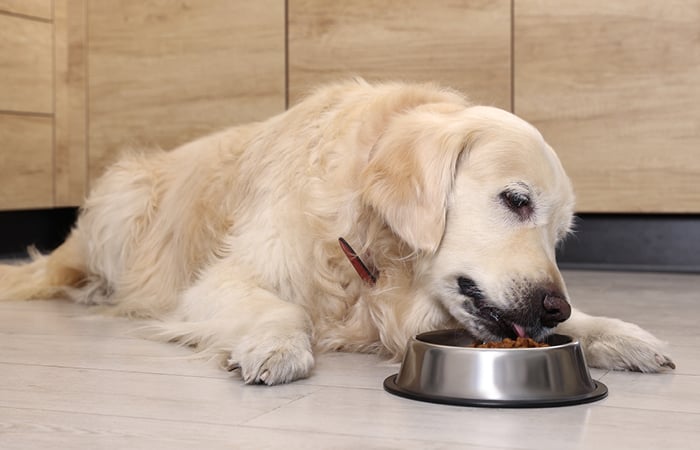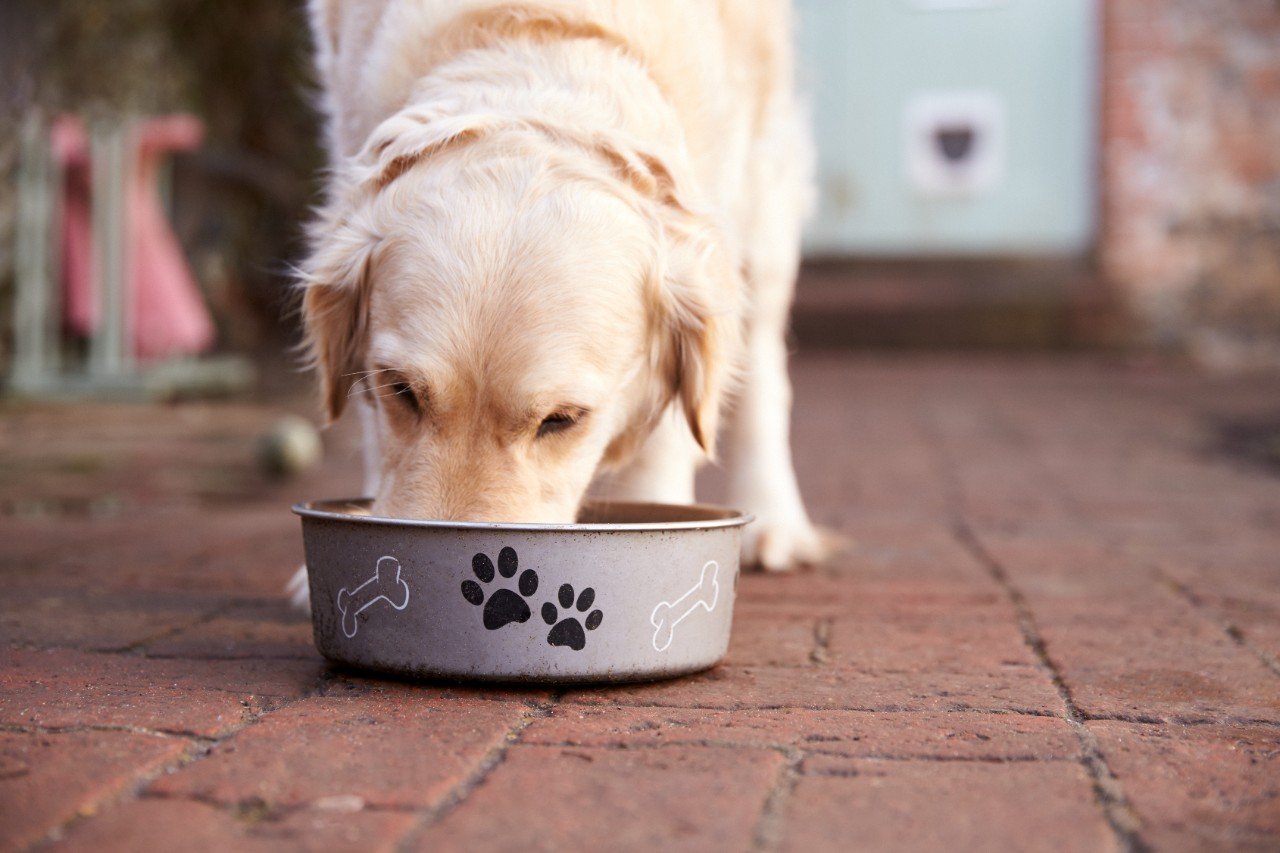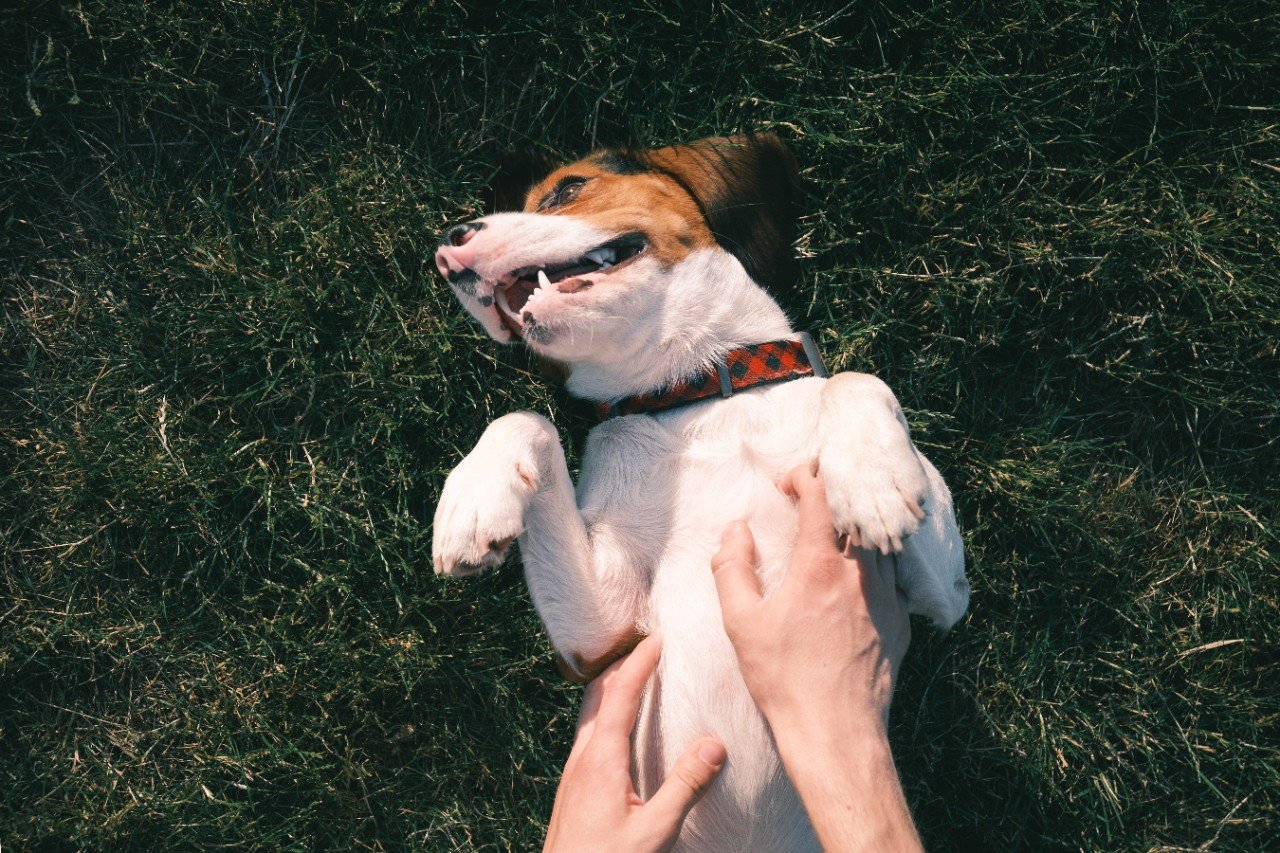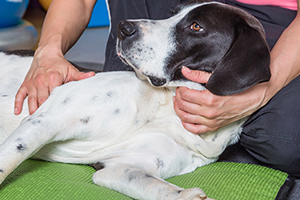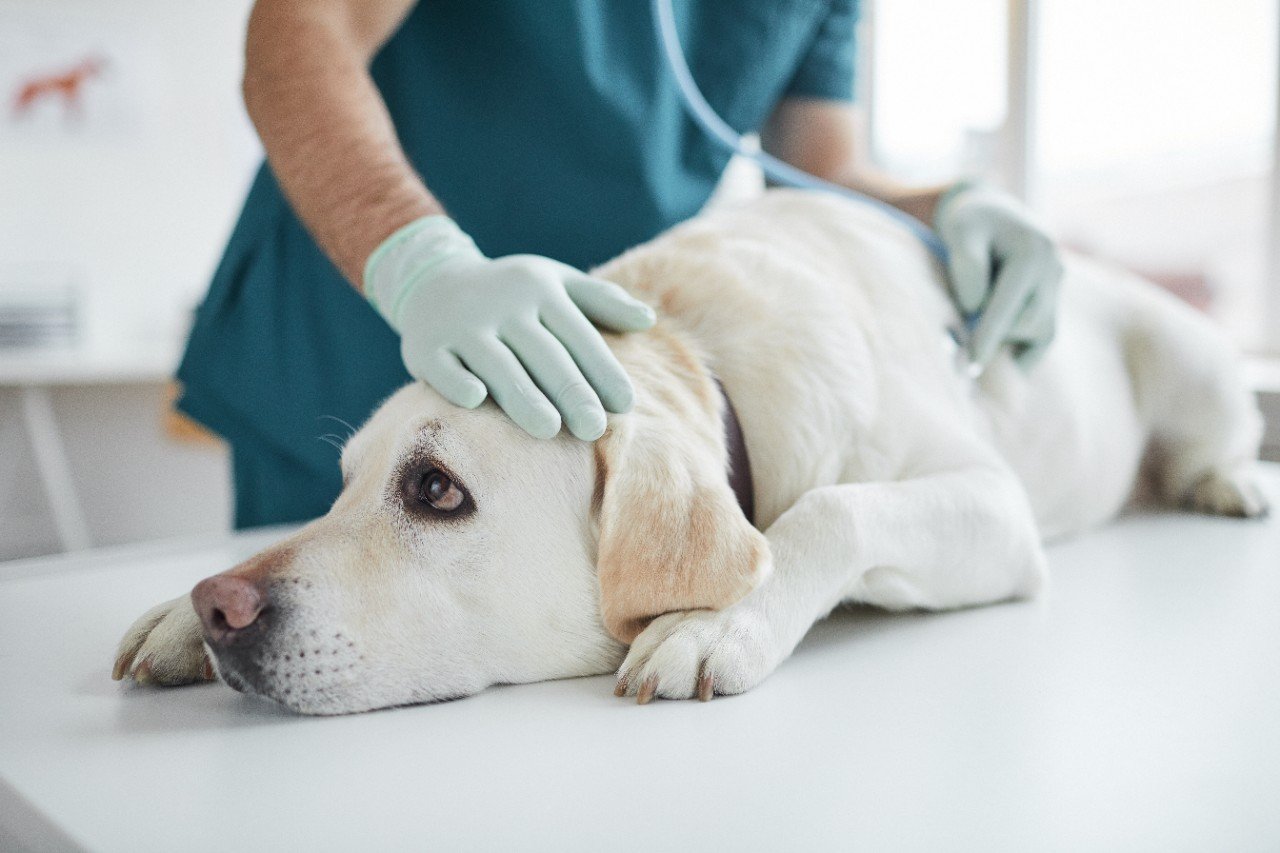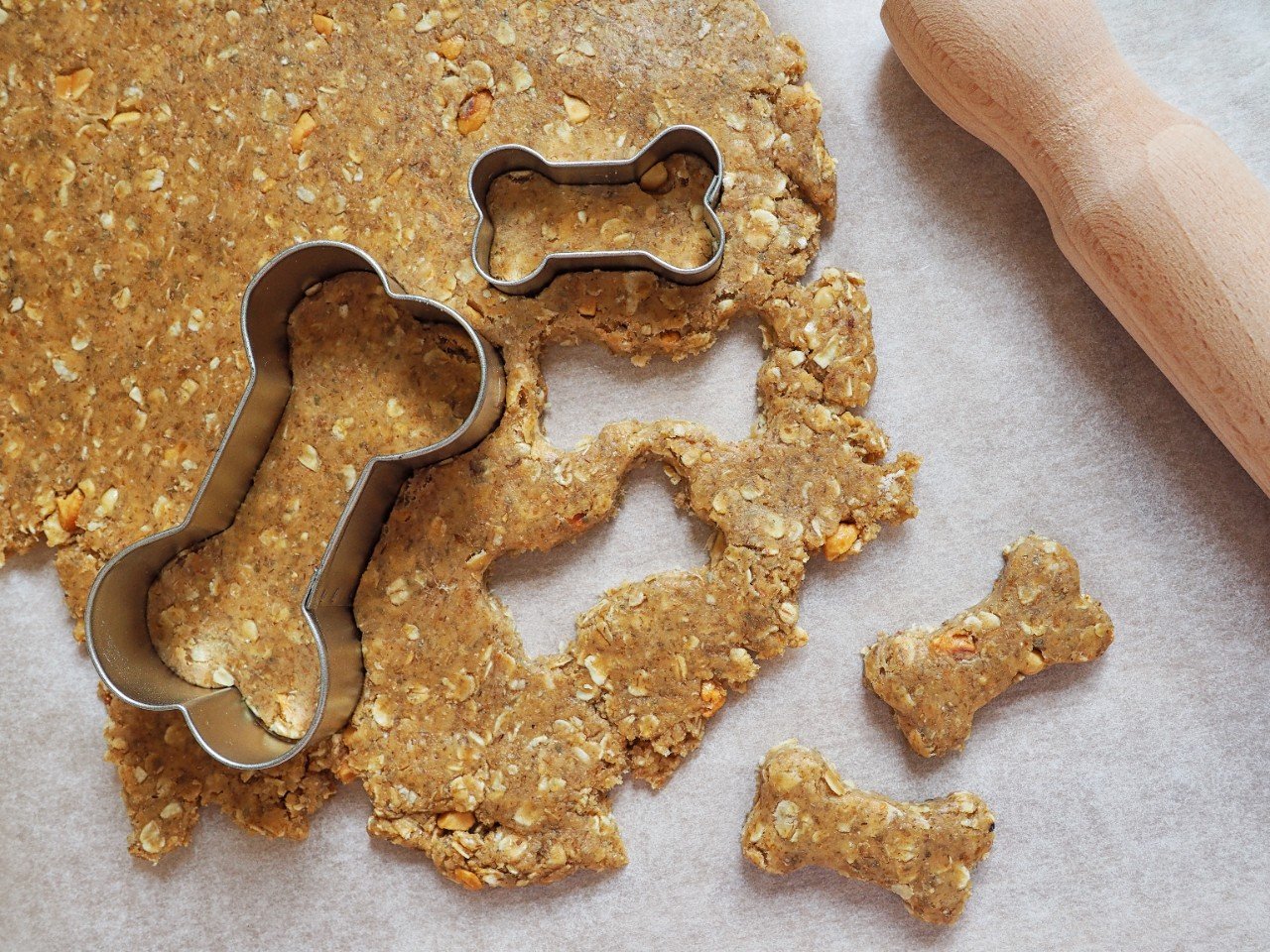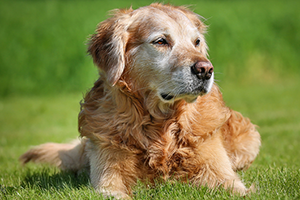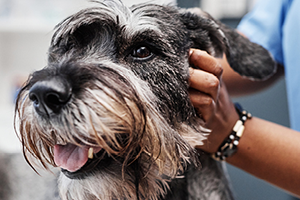How to keep your dog in shape at any age
Quick Links
Exercise for dogs
Most dogs love nothing more than bouncing around the park – and making sure your dog gets enough exercise is a vital part of good pet ownership. Bear in mind that different breeds need different amounts of exercise. The owner of a Border Collie will need to incorporate a lot more action into their daily routine than the owner of a Pug!
Mental and physical activity are vital for your dog’s wellbeing, whatever their breed. Mix walks (including plenty of stops for sniffing!) with short training sessions and games to keep your dog entertained and engaged.
You might consider signing up for a canine sport, too. Before doing so, make sure your dog is a healthy weight, and has had the all-clear from your vet. Popular activities include:
- Agility
- Flyball
- Working trials
- Heel to music
- Competitive obedience
Eating right
When feeding your dog, it’s important to choose a healthy diet for their age, breed and lifestyle. A survey by the Pet Food Manufacturer’s Association (PFMA) found that vets consider more than half (51%) of dogs to be overweight or obese. Yet over two-thirds (68%) of owners think their pet is exactly the right size. As owners, we’re becoming accustomed to seeing overweight dogs, and now many of us class this body shape as ‘normal’.
If your dog is a healthy weight, you should:
- Be able to feel their ribs, spine and hip bones easily
- See a visible waist and abdominal tuck
- Feel a thin layer of fat across your dog’s body
Unfortunately, obesity can lead to a range of health conditions that can impact your dog’s quality of life, including:
- Diabetes
- Osteoarthritis
- Respiratory distress
- Certain types of cancer
If your dog seems overweight, speak to your vet about putting them on a diet. They may want to screen for underlying health conditions first, and they can also help you calculate healthy daily rations to ensure slow and steady weight loss.
Good grooming for dogs
Keep your dog’s coat and skin healthy with regular grooming sessions. They’re great for spotting external parasites such as fleas and ticks, as well as helping you bond. How often you do this will depend on breed – long-haired or prone-to-tangling breeds like Cockapoos may need daily attention, while short-haired breeds such as Boxers can get away with a weekly brush down.
Getting into the routine of checking their teeth, ears and nails every week is also a good idea. Dental problems are common, so ask your vet to show you how to examine and brush your dog’s teeth.
Canine health checks
Keep your dog fit and well at any age
Puppies and young dogs
Mid-life
Senior
Petplan is a trading name of Pet Plan Limited (Registered in England No. 1282939) and Allianz Insurance plc (Registered in England No. 84638), Registered office: 57 Ladymead, Guildford, Surrey GU1 1DB.
Pet Plan Limited is authorised and regulated by the Financial Conduct Authority. Financial Services Register No. 311969. Allianz Insurance plc is authorised by the Prudential Regulation Authority and regulated by the Financial Conduct Authority and the Prudential Regulation Authority. Financial Services Register No. 121849. Pet Plan Limited is a subsidiary of Allianz Insurance plc.

